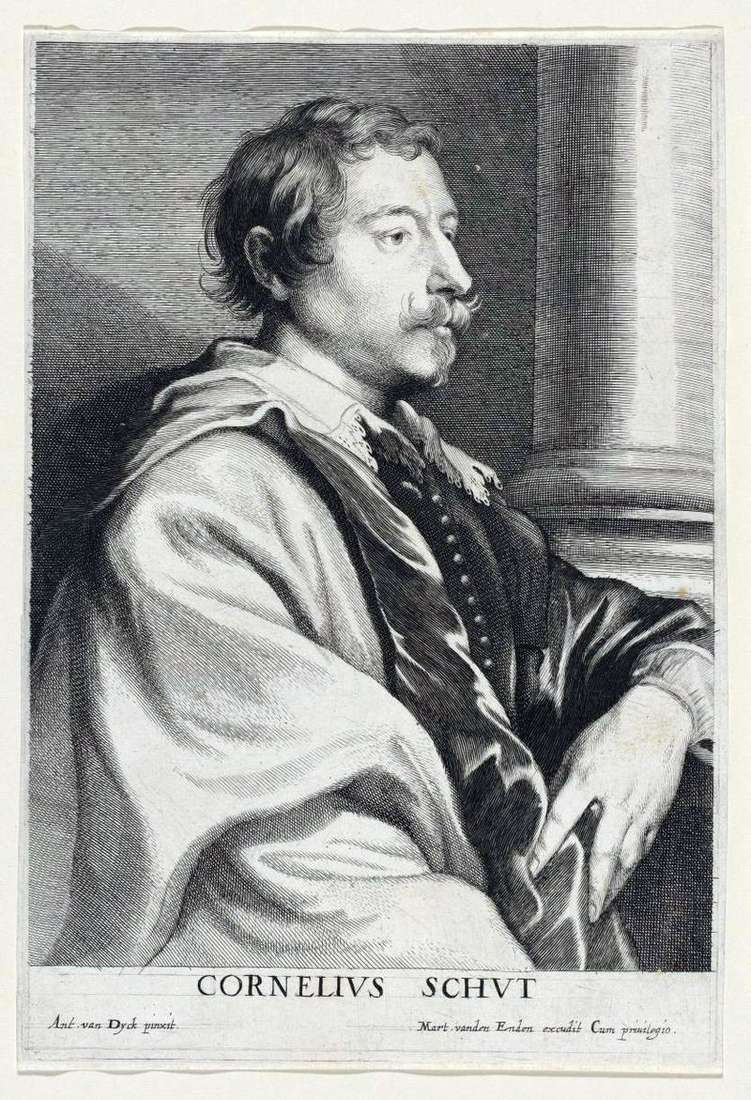
Approximately in 1630, Van Dyke took up a large series of portraits-engravings of famous contemporaries, which was called “Iconography.” Perhaps Van Dyck remembered the huge commercial success that led to the idea of Rubens to publish some of his work in the form of engravings.
Van Dyke, in contrast to the teacher, performed part of the engravings himself. It was not possible to establish where and from whom the artist studied engraving, however with a needle he treated with the same casual ease, as with a pencil or brush. The series “Iconography” took an honorable place in the history of engraving. Some works of Van Dyck commissioned professional engravers.
Thus, “The Portrait of Cornelis Shata” by Lucas Worserman. Part of the portraits for this series the artist wrote specifically. Because of the death of the artist in 1641, “Iconography” and remained unfinished. 100 engravings were included in the album and published in 1645.
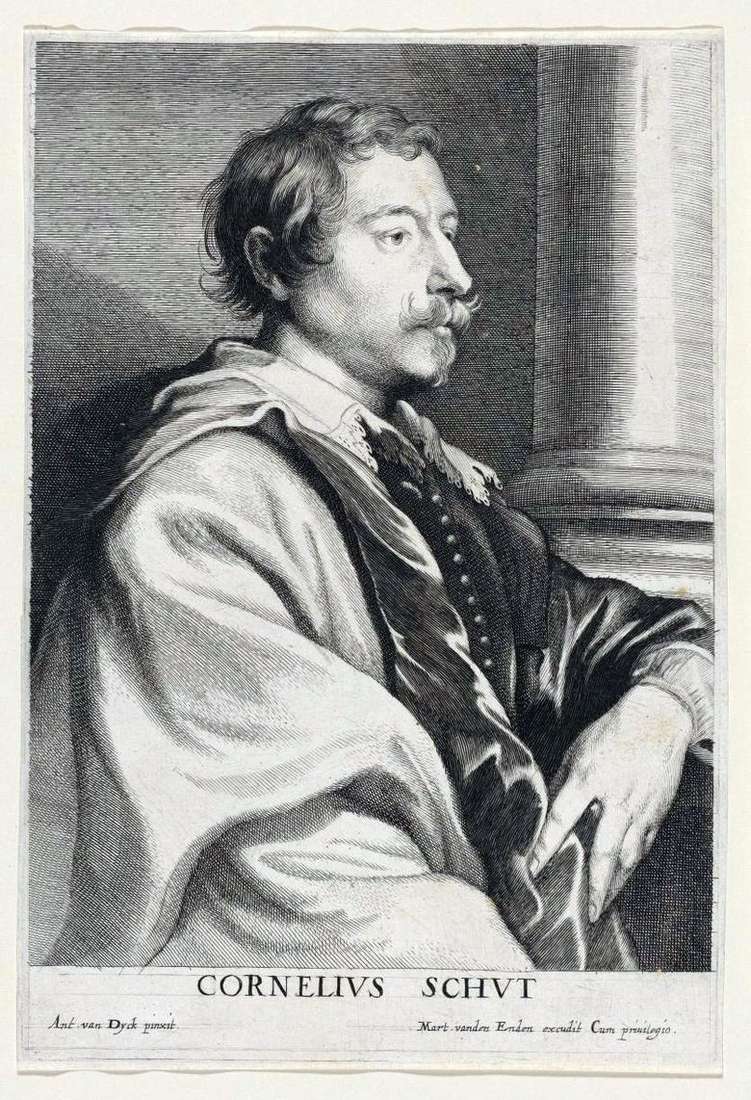 Retrato de Cornelis Shata – Anthony Van Dyck
Retrato de Cornelis Shata – Anthony Van Dyck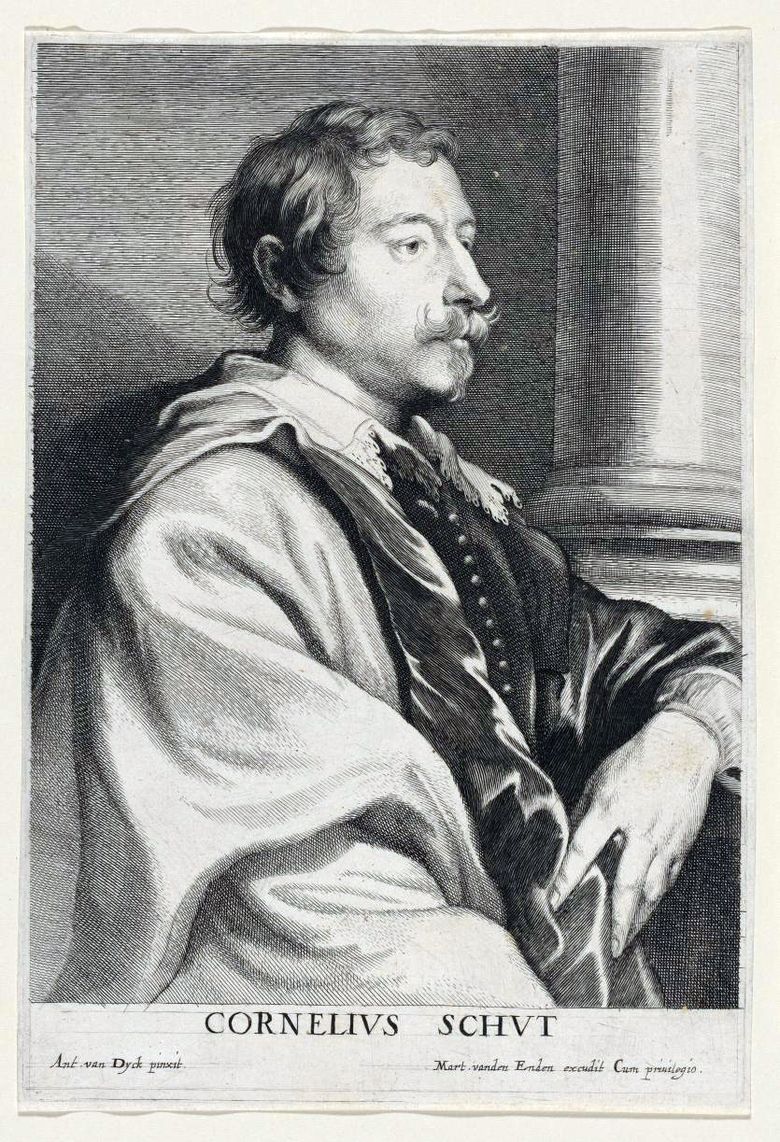 Portrait de Cornelis Chat – Anthony Van Dyck
Portrait de Cornelis Chat – Anthony Van Dyck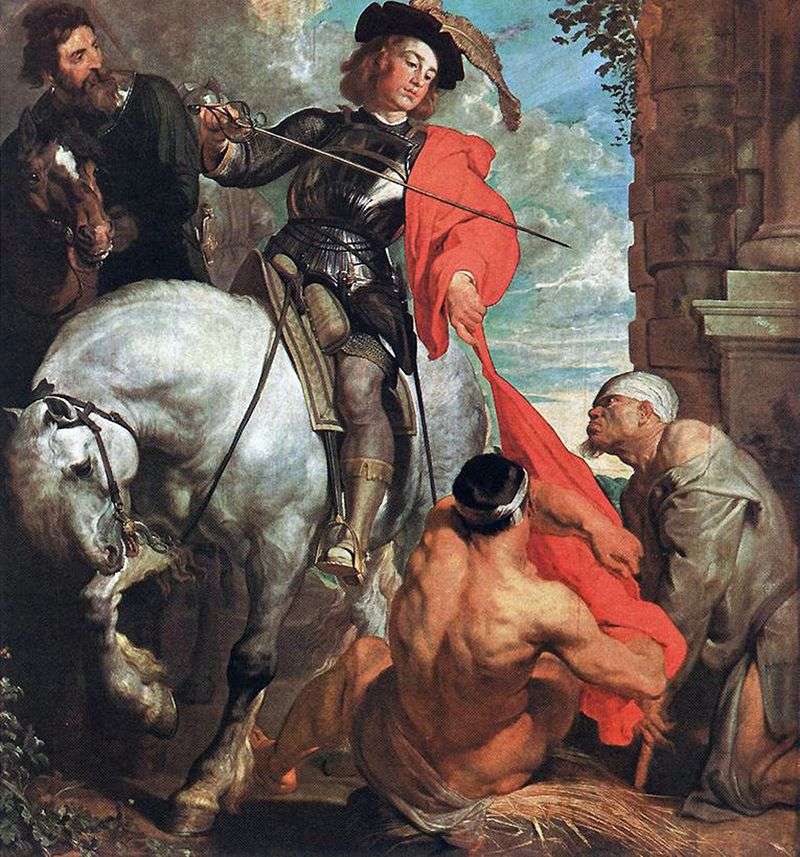 St. Martin and the Paupers by Anthony Van Dyck
St. Martin and the Paupers by Anthony Van Dyck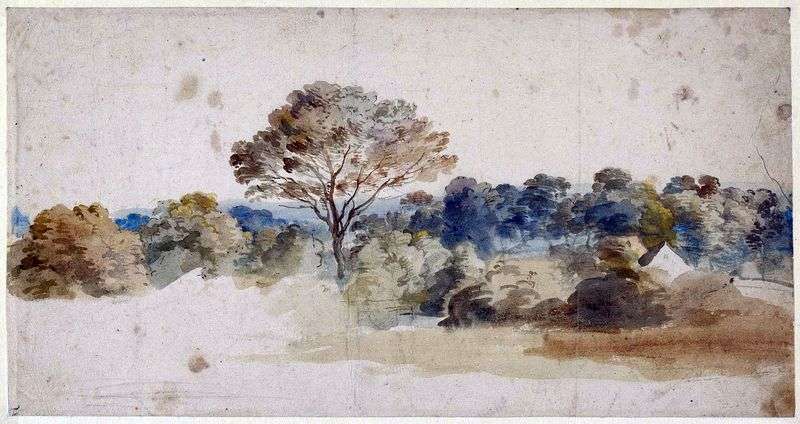 Landscape by Anthony Van Dyck
Landscape by Anthony Van Dyck Charles I, King of England, on the hunt by Anthony Van Dyck
Charles I, King of England, on the hunt by Anthony Van Dyck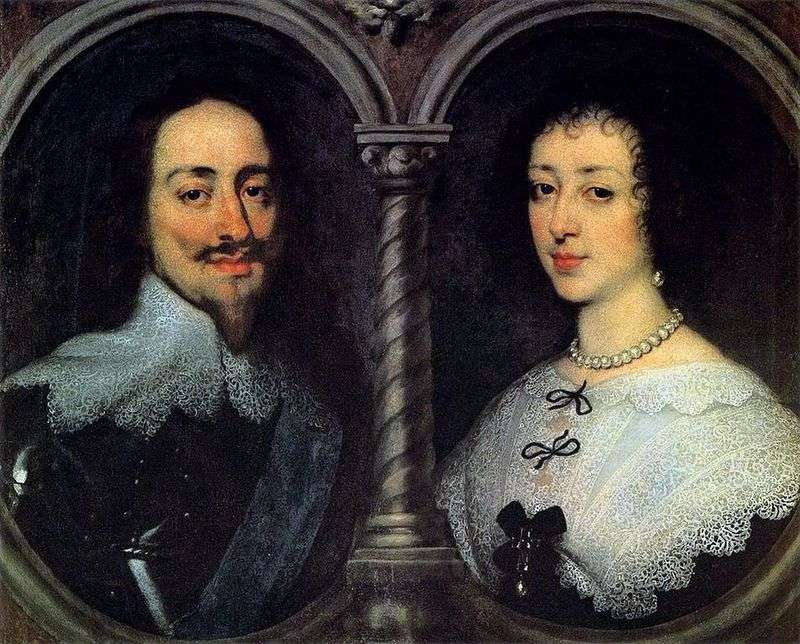 Portrait of Charles I and Henrietta Maria by Anthony Van Dyck
Portrait of Charles I and Henrietta Maria by Anthony Van Dyck Equestrian portrait of Charles I by Anthony Van Dyck
Equestrian portrait of Charles I by Anthony Van Dyck Self-Portrait by Anthony Van Dyck
Self-Portrait by Anthony Van Dyck